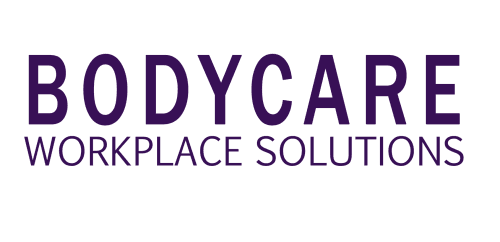Everything you need to know about protecting your ears at work

Noise exposure is a serious hazard in many workplaces and can have lasting and permanent effects on people who are exposed. Working in a loud environment, even one with occasionally high-decibel sounds, puts you at risk for occupational hearing damage. Over time, exposure to loud noise can damage the fibers in the inner ear – and in most cases, the damage is irreversible. That’s why protecting your ears at work is so important.
What causes hearing damage?
Damage to your hearing can occur from a one-off exposure to an intense sound or through continuous exposure to loud sounds over an extended period of time.
The sound level or the ‘loudness’ of an environment is measured in units called decibels. Repeated or lengthy exposure to sounds 85 decibels and above can cause hearing loss – or other hearing problems such as tinnitus (a ringing in the ear that won’t go away). As a general rule of thumb, if a noise is loud enough that you need to raise your voice for another person to hear you talk, it’s probably above 85 decibels.
It’s also important to know that exposure to constant and excessive noise can lead to hearing damage, as well as other health problems like elevated blood pressure, digestive disorders, headaches, and fatigue.
To get an idea of what sounds can cause harm to your ears, take a look at the decibel-level for common loud sounds:
- Vacuum cleaner – 85 dB
- Lawnmower – 90 dB
- Truck traffic – 90 dB
- An electric drill – 94 dB
- Ambulance siren – 109 dB
- Jet takeoff – 130 dB
How to protect your ears and prevent damage
With workplaces such as construction sites, airports, manufacturing plants, and anywhere near heavy traffic, it’s highly likely that you will be exposed to plenty of high-decibel sounds. Luckily, hearing damage due to loud sounds is completely preventable.
The best way to prevent hearing loss is to avoid loud sounds altogether or to reduce the sound level thought engineering controls. However, in some workplaces, these measures are not possible and hearing protection is key to preventing ear damage.
Your options for workplace ear protection
There are three types of ear protection you can use – earplugs, ear muffs, and noise-cancelling headphones.
- Earplugs are best-suited for low-frequency noise like a loud tractor or truck. With particularly loud noises (over 105 decibels), you can wear earmuffs with earplugs for better protection. Earplugs must fit well enough in your ears to create an airtight seal.
- Earmuffs are effective for blocking high-frequency noises like the sound of a jackhammer or a pneumatic drill. In order to work, there has to be a tight seal over the outer ear.
- Noise-cancelling earphones will block out background noise. They’re worn when flying or when there is a lot of loud background noise at work, such as traffic sounds.
Keep your employees’ ears safe at work
Hearing safety isn’t something that can be overlooked. Excessive exposure to loud noises can lead to permanent hearing loss or damage – so hearing protection is something that both employees and employers should take seriously.
To learn more about checking your workplace for risk and creating solutions to prevent injury, contact us today.


